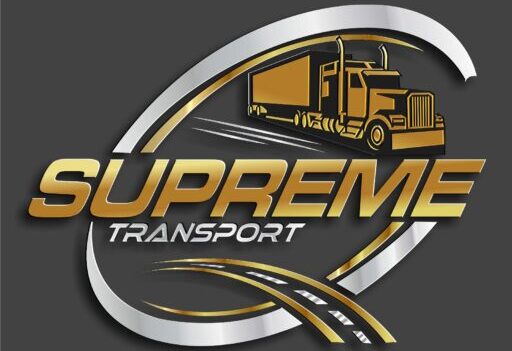Warehouse Transportation
Warehouse transportation refers to the movement of goods and materials to and from warehouses, distribution centers, and storage facilities. It is a critical component of the supply chain, facilitating the efficient flow of inventory between suppliers, manufacturers, retailers, and customers. Here are some key details about warehouse transportation:
Inbound Transportation: Inbound transportation involves the movement of goods from suppliers to warehouses or distribution centers. Suppliers utilize various transportation modes, such as trucks, trains, ships, and air freight, to deliver raw materials, components, and finished goods to warehouses. Efficient inbound transportation ensures that warehouses receive timely deliveries to replenish inventory and meet production or distribution requirements.
Outbound Transportation: Outbound transportation refers to the movement of goods from warehouses to customers or retail outlets. Warehouses ship products to customers through various channels, including direct-to-consumer shipping, retail store replenishment, and wholesale distribution. Outbound transportation options may include parcel delivery services, less-than-truckload (LTL) carriers, full truckload (FTL) carriers, and third-party logistics providers.
Transportation Management: Effective transportation management is essential for optimizing warehouse transportation operations. Transportation management systems (TMS) and logistics software help warehouse managers plan, execute, and monitor transportation activities, including route optimization, carrier selection, load consolidation, and freight cost analysis. By streamlining transportation processes, warehouse managers can reduce costs, improve efficiency, and enhance customer service.
Last-Mile Delivery: Last-mile delivery is a crucial aspect of warehouse transportation, especially for e-commerce and retail fulfillment. It involves the final stage of the delivery process, where goods are transported from the warehouse or distribution center to the end customer’s doorstep. Last-mile delivery services utilize various transportation methods, including parcel delivery vans, bicycles, drones, and crowdsourced delivery networks, to ensure fast and convenient delivery to consumers.
Cross-Docking: Cross-docking is a logistics strategy used in warehouse transportation to minimize storage and handling costs by transferring goods directly from inbound to outbound transportation vehicles without intermediate storage. Cross-docking facilities enable rapid throughput of goods, reducing inventory holding times and improving supply chain efficiency. This approach is particularly beneficial for perishable goods, high-demand items, and time-sensitive shipments.
Inventory Control: Warehouse transportation is closely linked to inventory control and management. Accurate inventory tracking, stock visibility, and demand forecasting enable warehouse managers to plan transportation activities effectively, ensuring that the right products are available at the right time and location. Real-time inventory data helps optimize transportation routes, minimize stockouts, and prevent overstocking.
Safety and Compliance: Safety and compliance are paramount in warehouse transportation to ensure the integrity of goods and the well-being of workers and the public. Warehouse operators and transportation providers adhere to safety regulations, loading guidelines, and transportation laws to prevent accidents, injuries, and property damage. Training programs, safety protocols, and equipment inspections help maintain a safe and secure warehouse transportation environment.
Overall, warehouse transportation plays a vital role in the supply chain, enabling the efficient movement of goods from suppliers to customers. By implementing effective transportation management strategies and leveraging technology solutions, warehouse operators can optimize transportation processes, reduce costs, and enhance customer satisfaction.
